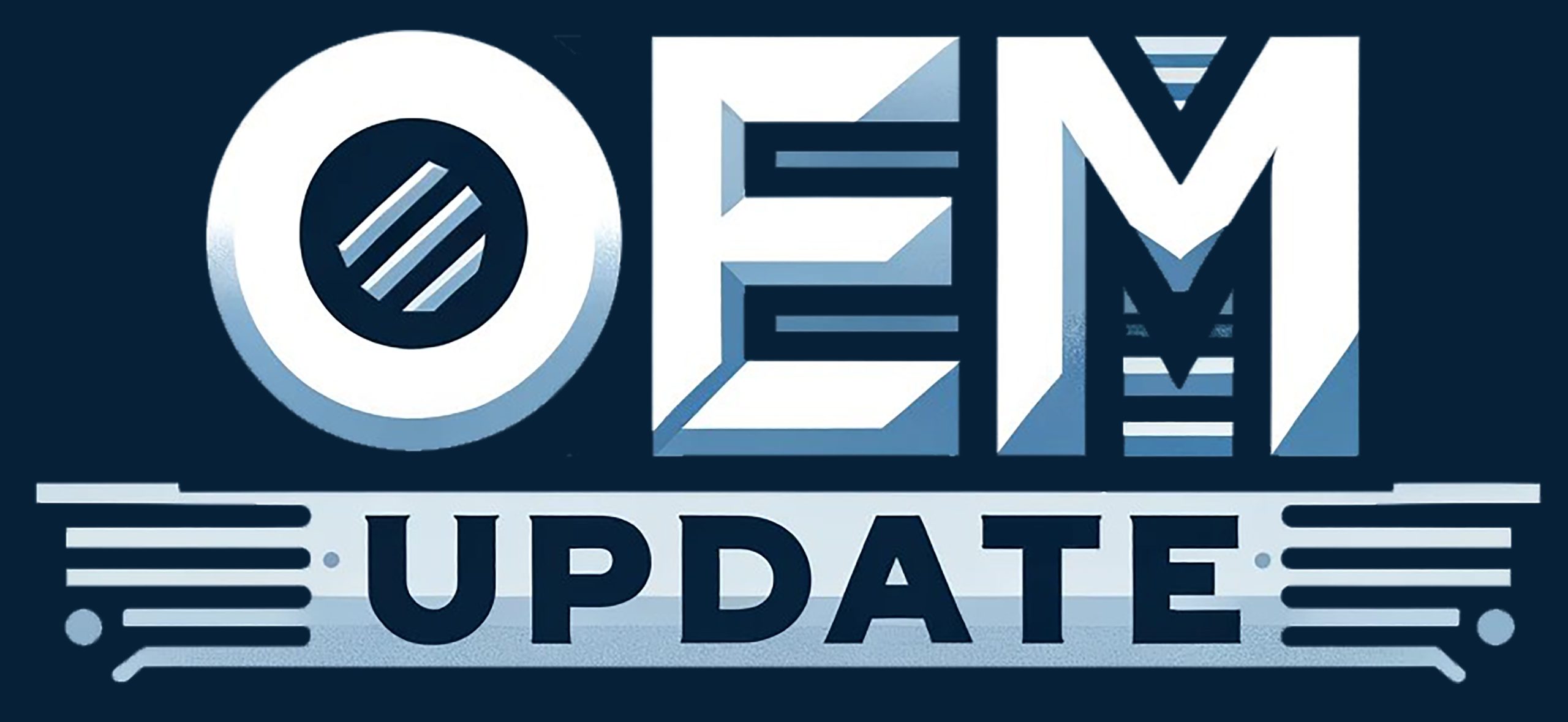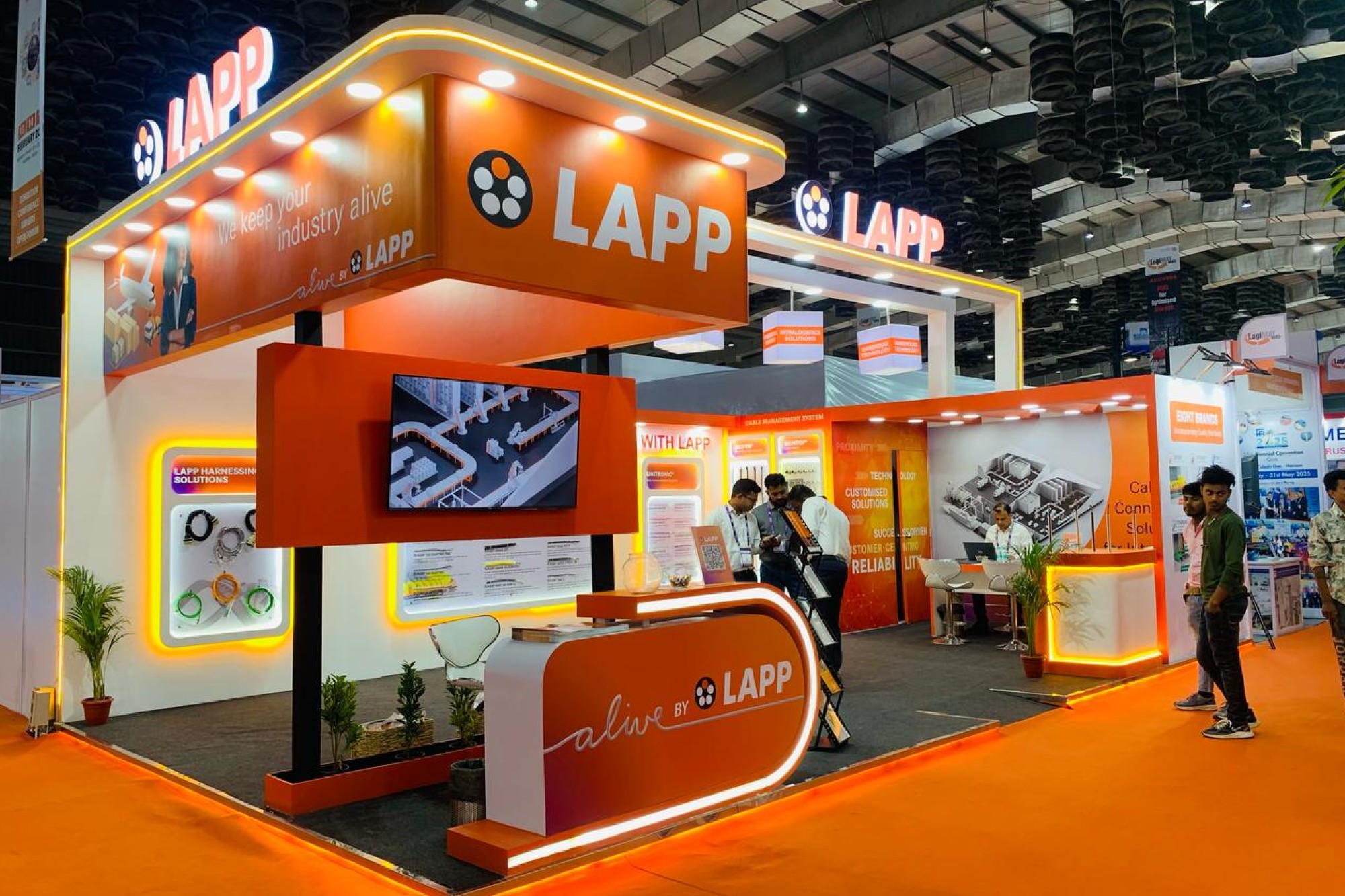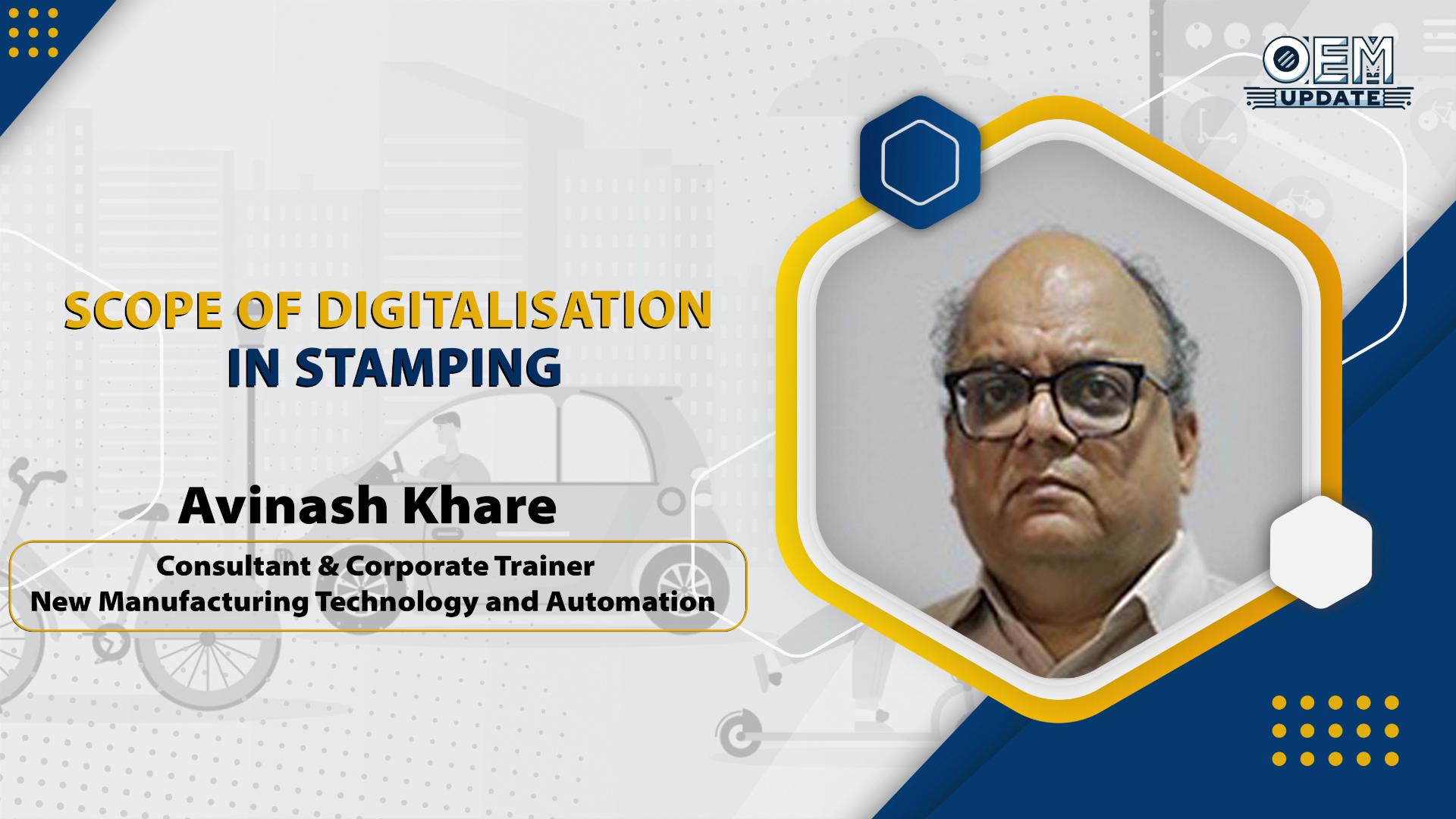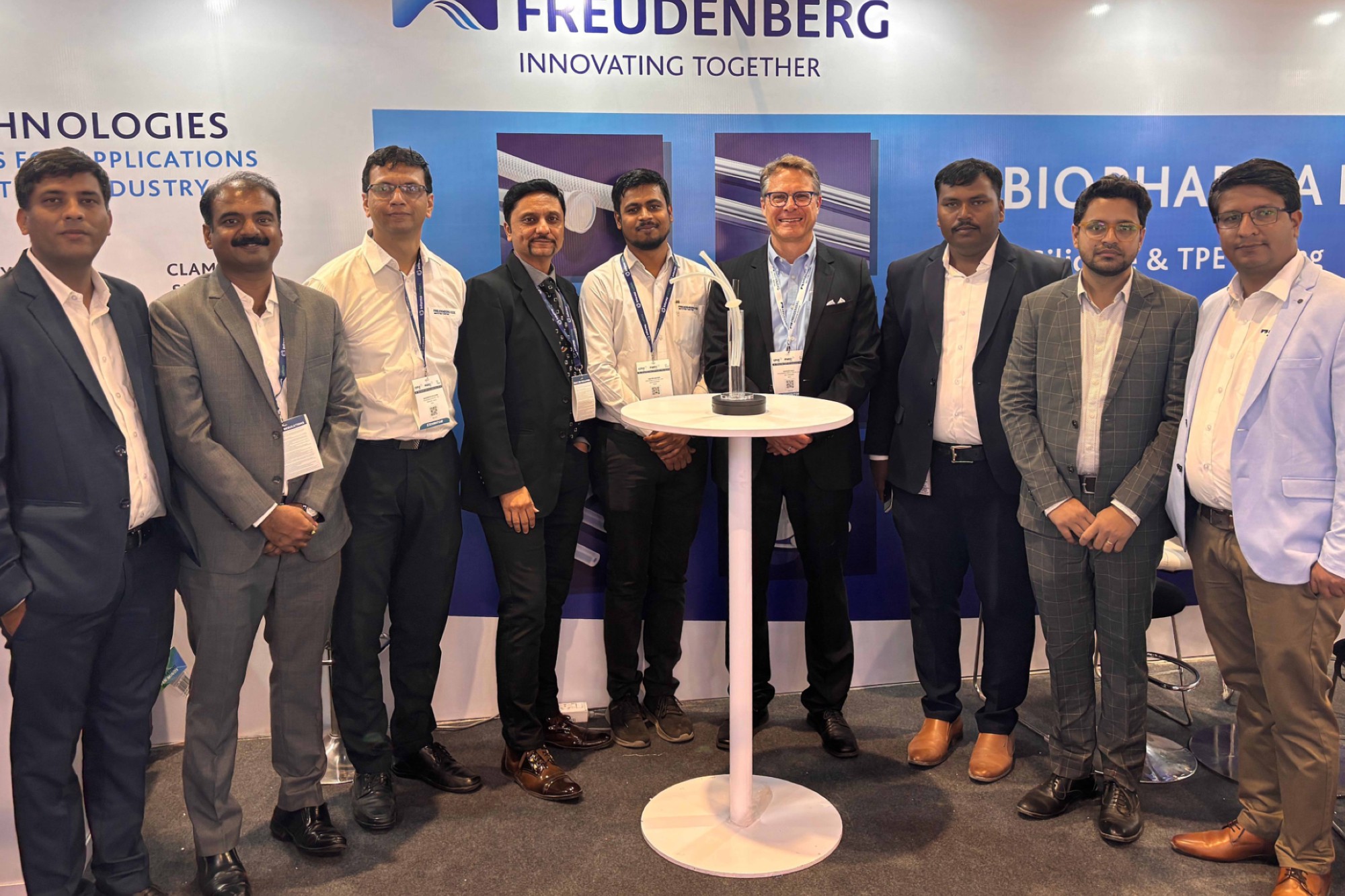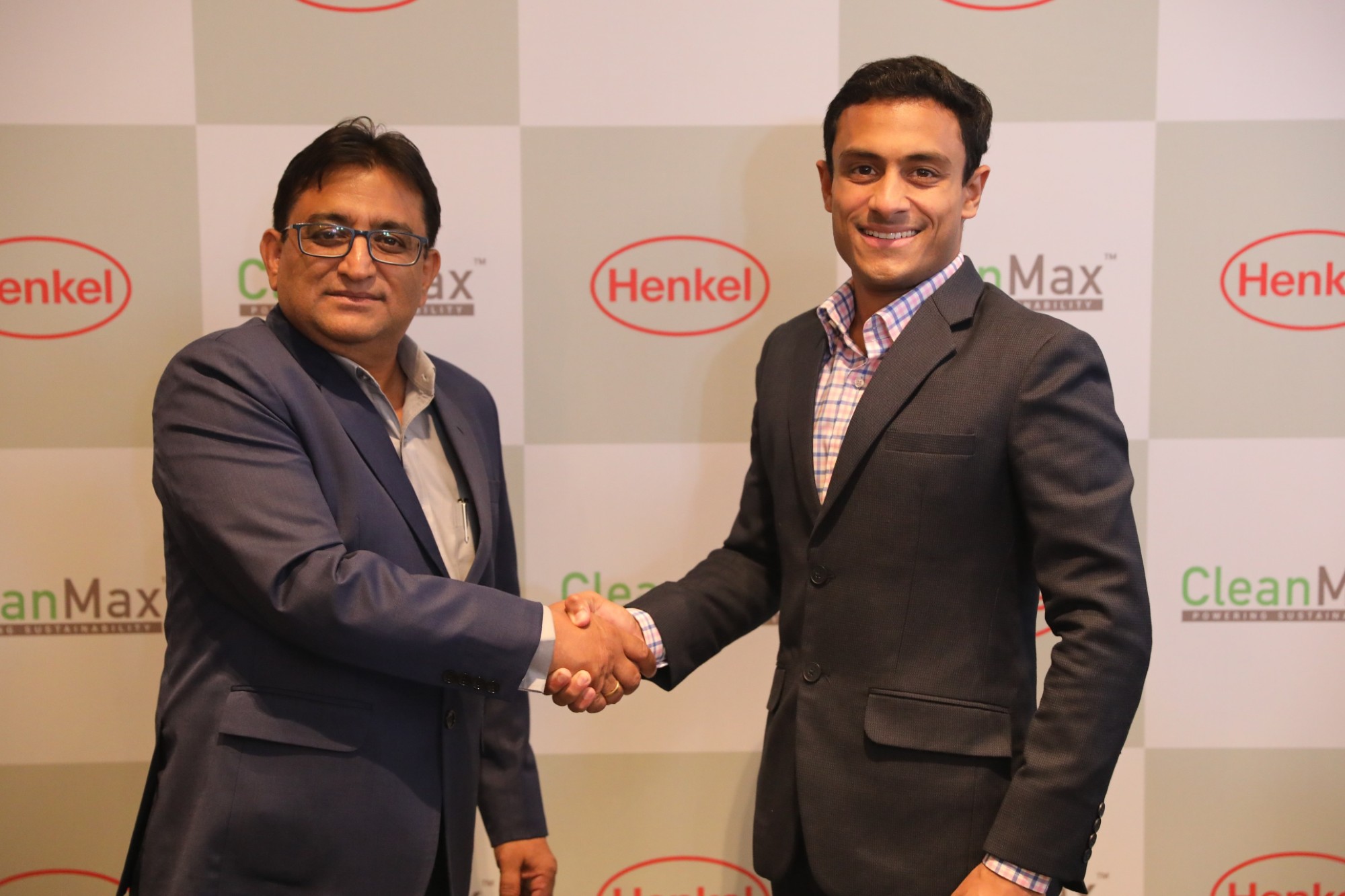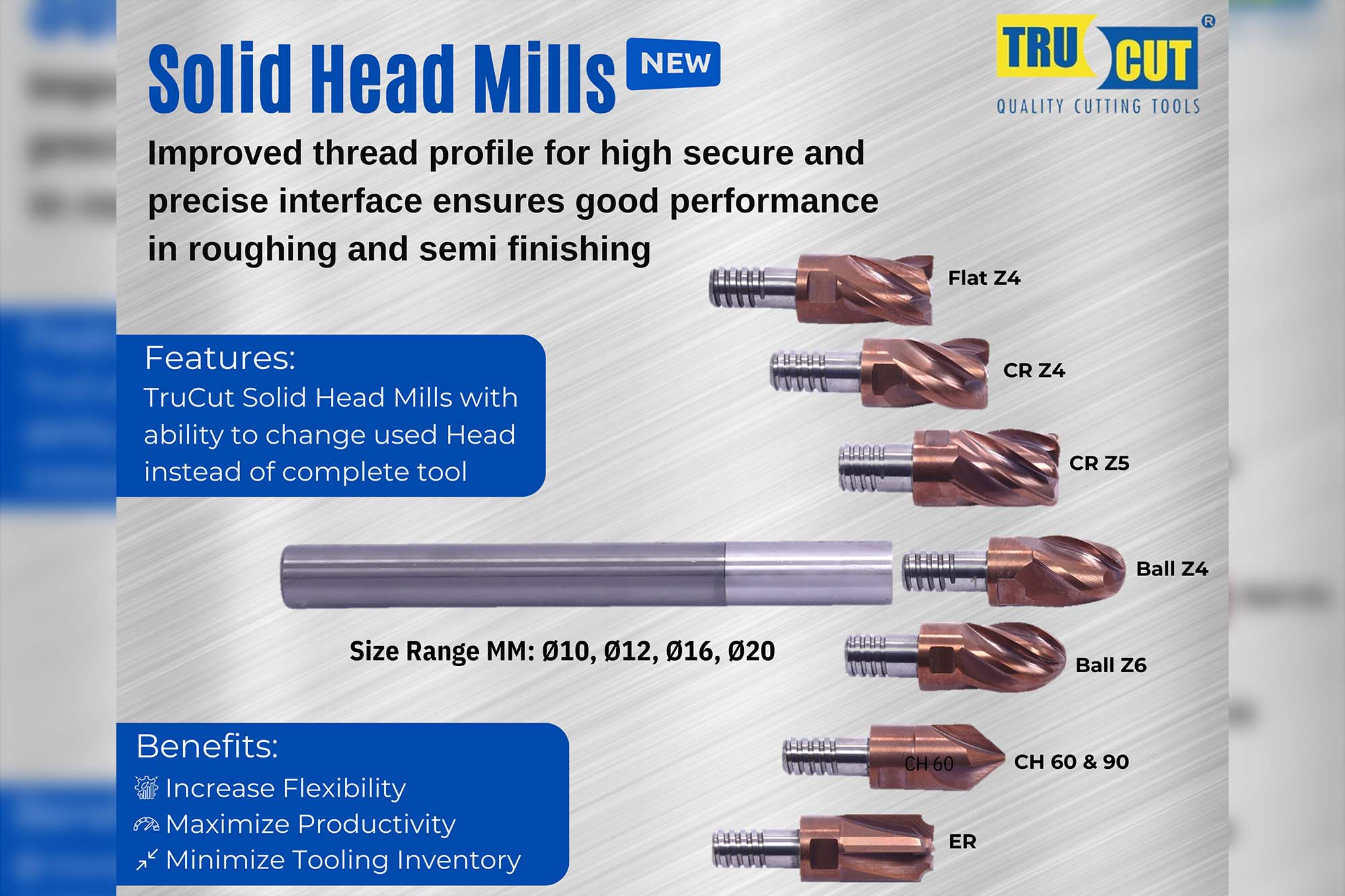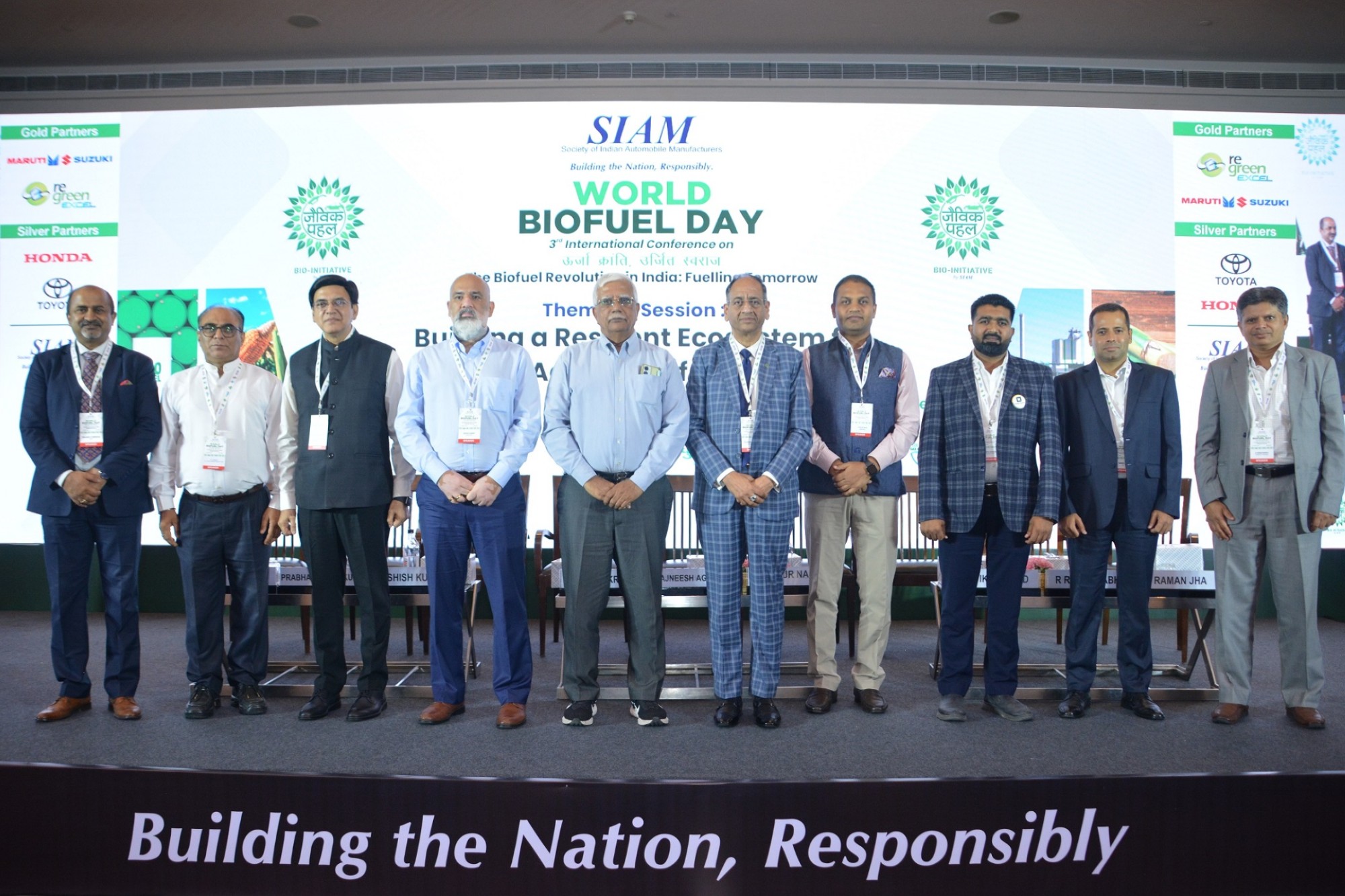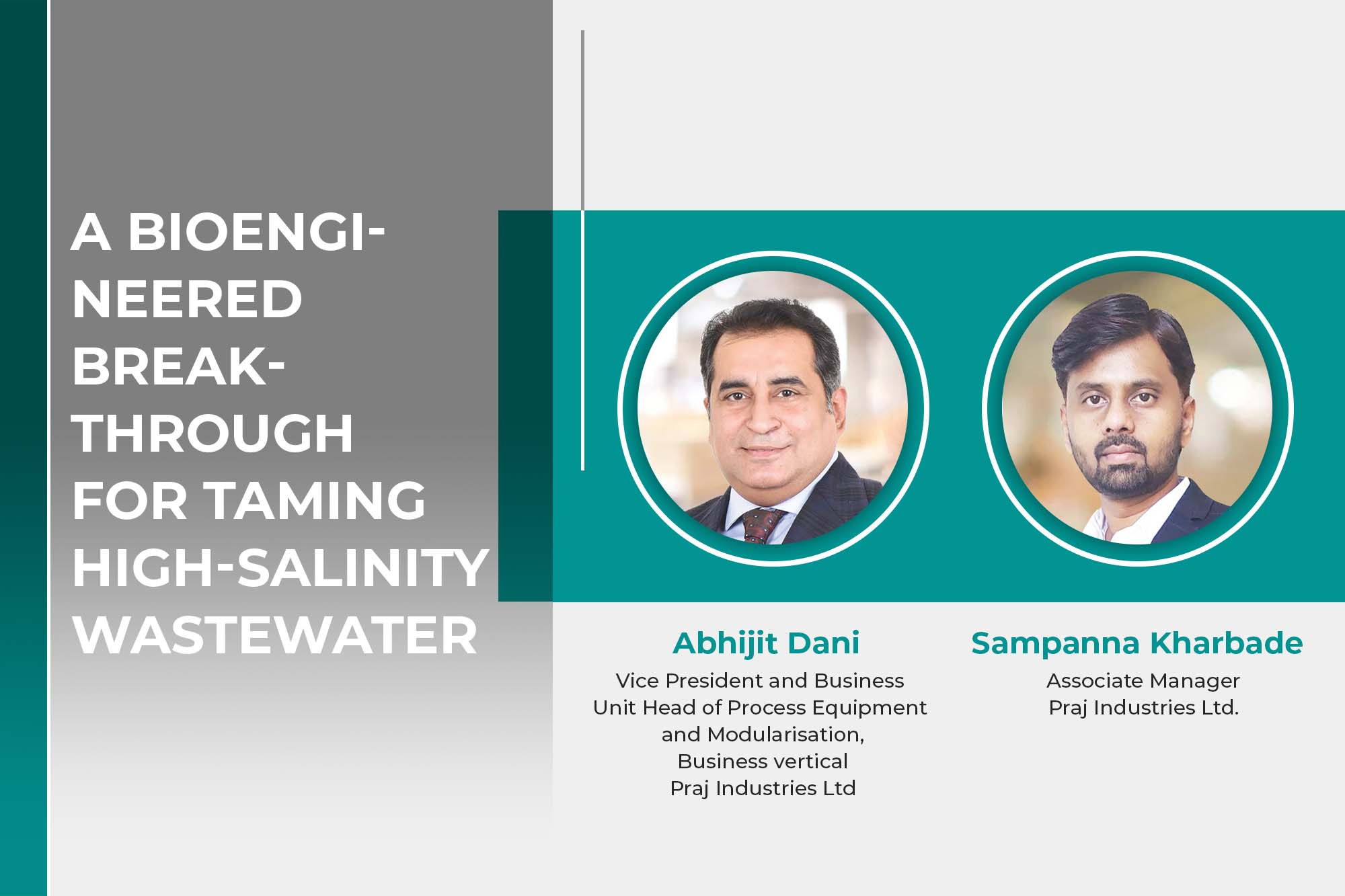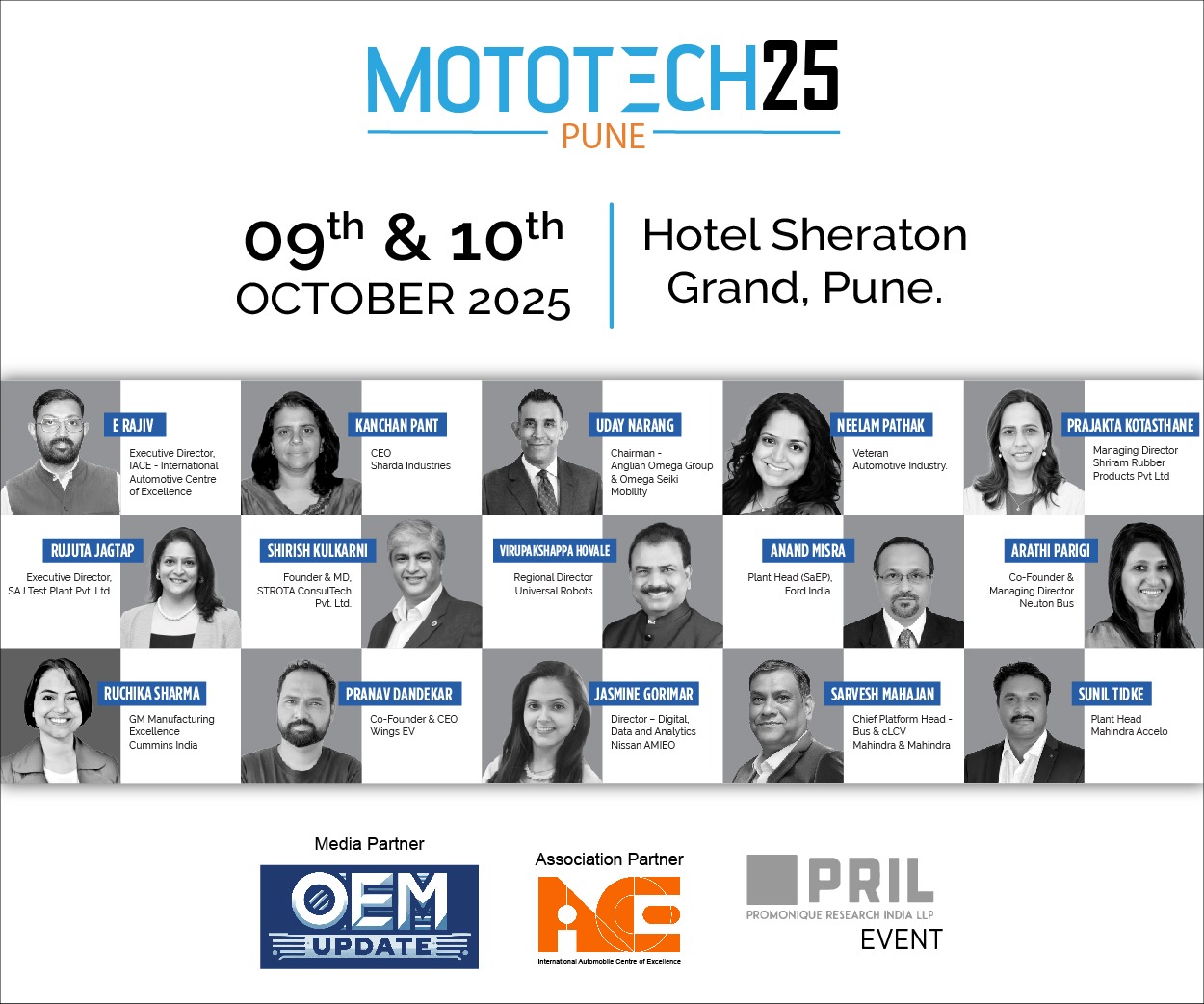Safety of machinery: when standards encourage technology evolutions
By admin August 11, 2014 12:14 pm IST
“A safety product must be efficient, easy to install, ergonomically designed, and its impact on the productivity must be minimised”
One may wonder whether the standards and directives that regulate our industry are slowing down technological evolution. As far as safety of machinery is concerned, the new standards have directly contributed to the adoption of electronic and programmable security systems. This is mostly due to the fact that both end users and providers are present in the standardisation committees. End users express their needs, and safety solution providers focus their R&D teams on these needs. Standards are then established that are shown to maximise safe production. The standardisation process has been created this way so that end users avoid dealing with archaic rules that can inhibit productivity without improving worker safety.
First, what kind of regulations are we talking about exactly? There is a difference between “directives” and “standards”. Directives are laws, and they describe the goals that must be reached, including a series of generic principles (“protect the worker at work”, for example). We understand easily why directives don’t need to be renewed very frequently. The standards, on the other side, consist in sets of technical rules. They describe some methods to fulfil the directive. That’s why they are updated more frequently than directives (every two or three years).
What was the need that led to the latest standard in safety for machinery? It was twofold. It was about increasing productivity and safety at the same time. Before this standard, the only way to ensure safety functions was to turn off the energy in the machine. This principle has some limits because the worker must wait for the machine to reset, and the reset can fail. With the new standard, published on 1st January 2012, there is more focus on the probability of a failure. It’s a new way of thinking. The technology used to stop the machine is not an issue any more. What’s important now is to be sure that the machine won’t hurt the worker. Instead of shutting down the energy, we make sure the equipment won’t start again for any unintended reason.
To comply with these new rules, automation engineers have to perform a risk analysis of their machines and evaluate their probability of failure. By doing that, standardisation authorities make the end users consider the safety aspects of their machine from the very beginning of the projects. Because in many production lines where safety is considered later in the project, the safety systems can be deactivated or overridden by workers who find them inconvenient. What’s more, by controlling exactly which part of the machine has to be stopped and which part can run, end users can think about new possibilities. For example: what are the tasks that can be done during the time the worker is placing new products in the machine?
Rockwell Automation has also placed more emphasis on the programming and design aspects, not only on hardware. Rockwell Automation recently launched two software applications that help the automation specialists develop their safety functions. Both applications can be downloaded for free. The first one is Safety Automation Builder. With this graphical tool, the user knows what kind of safety functions must be implemented on a machine, depending on the results of the risk analysis. Safety Automation Builder also helps choosing the right characteristics for the components (for a light curtain, for example, it would be the height and the resolution).
The second application, Safety Accelerator, is more focused on programming. It gives access to a large library of safety functions that automation specialists can easily adapt or combine. With these applications, Rockwell Automation helps developers save time in programming, while helping reduce the risk of error.
Finally, Rockwell Automation has developed a free series of safety function documents. Safety function documents are pre-engineered application guides to provide a complete safety solution. The documents provide detailed information outlining the functionality, performance and products that are required for each safety function. They also come with a produced SISTEMA Performance Level calculation as outlined in EN ISO 13849 1.
Authored by__Jean-Claude MammèsCommercial Engineer Safety, Rockwell Automation
Cookie Consent
We use cookies to personalize your experience. By continuing to visit this website you agree to our Terms & Conditions, Privacy Policy and Cookie Policy.
